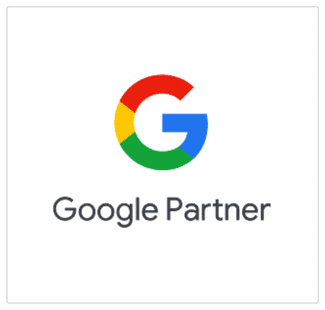Copywriting is a skill you can use in many areas. Whether you want to sell a product or service, create an advertisement or, most simply, write an article, you know you need this skill.
First of all, you should know that being a copywriter is not just about putting words in a certain order that sounds nice, it’s more than that: being a copywriter is about creating, through words, messages that will have an impact on the reader.
Want to streamline your communication process with clients, employees or shareholders? Do you want to sell more? Words are only powerful if you use and implement them correctly.
Andy Maslen is Managing Director of Sunfish, a writing agency specialising in corporate communications, direct marketing and digital content, plus CEO of the Andy Maslen Copywriting Academy.

Looking for a great idea or inspiration to make your marketing and sales literature more effective and cutting-edge? Need words to excite and inspire your employees, shareholders or customers? Words are powerful in any business, but only if you use and implement them correctly.
This book contains 100 great copywriting ideas, drawn from the world’s best companies. Each copywriting idea is described succinctly and is followed by tips on how it can be applied to the reader’s business situation. A simple but powerful book for anyone looking for new inspiration.
100 Great Copywriting Ideas presents 100 great copywriting ideas drawn from the world’s best companies. Each idea is succinctly described and is followed by tips on how you can apply it to your own business.
Below I’ll present 3 of the most important and useful ideas from this book that will help you improve your copywriting.
- Find out what readers’ aspirations are!
Testimonials play an essential role when it comes to sales. In a world of fake news, disbelief, “influencers”, consumers are increasingly educated and a deciding factor when it comes to calling or buying a particular product or service is the opinions of other users.
Thus, the author says: the more similar the person giving a testimonial is to your target audience, the more compelling your message becomes.
For example, the more the product you are selling is a luxury good, the more you should focus on customers who have already bought it and are benefiting from it. In short, show potential customers what people like them say about your product.
Testimonials are effective, but when they come from people similar to the reader, the results are often convincing to even the most skeptical buyers.
- Object
Objections vary from industry to industry and from product to product. What is an objection to your product may be a benefit to someone else’s product. Fortunately, there are 3 common objections that the author presents in his book.
The first objection: It’s too expensive. If a potential customer brings this argument up, all you have to do is demonstrate the value of your product by showing them how much they will save or earn.
Second objection: I need to talk to someone else. In this case, show the customer what he might be missing and share testimonials from people who, like him, have benefited from your product or service.
Third objection: I’m not sure I really need this product. This objection arises when you haven’t sold your product well enough. Maybe the benefits are not strong enough. Or maybe you presented the product from the wrong perspective. Whatever the reason, update and modify your sales copy!
- A headline idea: True or false?
The headline is extremely important. It’s hard to write good, engaging headlines that keep the reader curious.
If you’ve ever faced the challenge of writing headlines for new, unexpected or unknown products, resort to this tactic: ask readers a question that addresses potential ignorance directly, making them feel clueless about it.
One advantage of this idea is that, if put into practice correctly, it will most likely become memorable.
A fairly easy to understand example from the book is the following: use the title Can you lose weight without giving up cream cakes, true or false, then, continue with It’s true, before explaining why.






